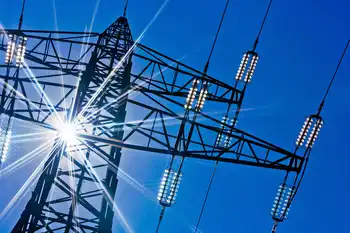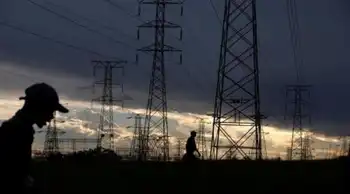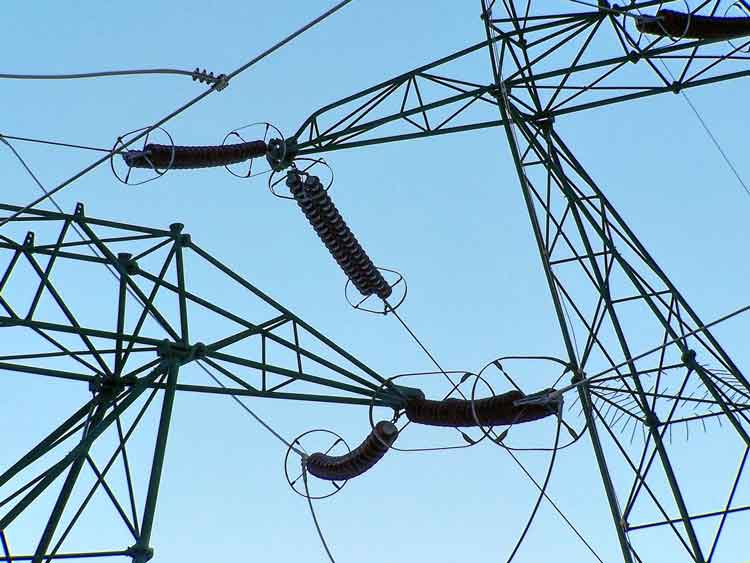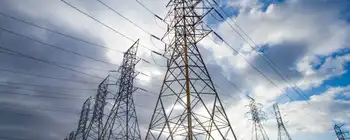Farmers angry about proposed power line path
By Associated Press
Substation Relay Protection Training
Our customized live online or in‑person group training can be delivered to your staff at your location.

- Live Online
- 12 hours Instructor-led
- Group Training Available
Facing the possibility of losing land to power transmission lines, they have urged state commissioners to avoid their property when selecting a route for a project linking consumers on the coast to renewable energy operations in the Southern California desert.
San Diego Gas & Electric Co. contends that stringing high-voltage lines over agricultural land in San Diego and Imperial counties as part of its $1.5-billion Sunrise Powerlink project is the most secure and economic way to deliver wind, solar and geothermal energy.
Farmers counter that utility profits from the project would come at their expense.
"They're going to come in and pay a few thousand dollars for the land they're taking and that's all you get. You lose the revenue from that land forever," said Katie Moretti, whose family has raised cattle for more than a century in San Diego County.
The dispute is part of a growing conflict between farmers and utilities, as California's mandate for power providers to boost their use of renewable energy prompts new projects across the state.
Apple growers in San Bernardino County are fighting a proposal by the Los Angeles Department of Water and Power to string transmission lines through their orchards to carry geothermal energy from inland sources.
The lines in San Diego and Imperial counties would idle at least 860 acres now used to raise cattle and grow wheat, alfalfa and other feed crops, according to California Public Utilities Commission documents.
The land would be used to accommodate transmission towers, access roads and other infrastructure needed for the project.
Karen Mills, a lawyer for the California Farm Bureau Federation, said the project's proponents vastly underestimate the acreage that could be impacted, because crop duster planes and tractors would have to steer clear of the power lines and towers, leaving more land unusable.
Imperial County farmer Doug Westmoreland said the lines proposed for his property could hamper production on hundreds of the 3,500 acres he farms.
"The actual power line footprint isn't that big, but it would be akin to having a post in the middle of a freeway," he said. "It creates havoc."
The commission must approve a final route for the lines before the utility can compel farmers to sell property through eminent domain. A final decision on the route could come in December.
The lines would stretch 150 miles through the center of the two counties and carry enough power for 750,000 homes. The utility would build the power line but buy the juice from a host of generating companies whose proposed plants harness energy from the sun, wind and underground heat.
The entire route would include 554 towers.
Some opponents of the plan are urging SDG&E to adopt an alternative route along an existing power line easement just north of the Mexico border that avoids most agricultural land.
But the utility said its preferred northern route offers more security by keeping the project separate from existing power lines and saves money because it goes through gentler terrain.
It also would pass closer to sources of underground geothermal energy near the Salton Sea, which might be tapped in the future.
"We have to connect the supply areas where the resources are at with the areas of consumption, and that's one of the big challenges we have here in California," said Mike Niggli, chief operating officer of Sempra Energy's utilities business, which includes SDG&E.











